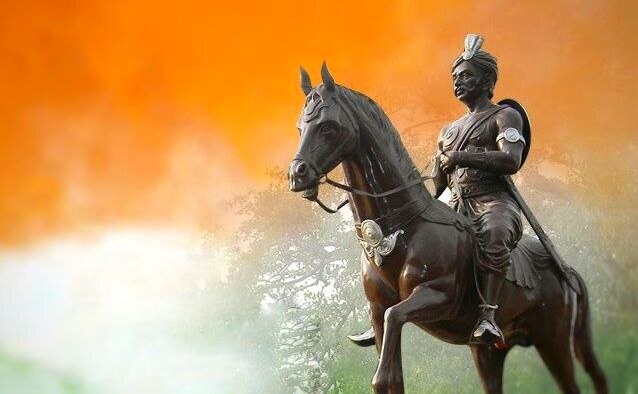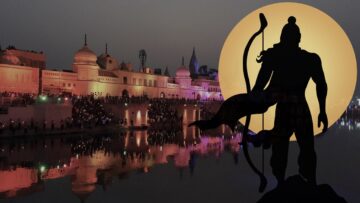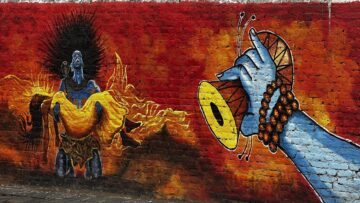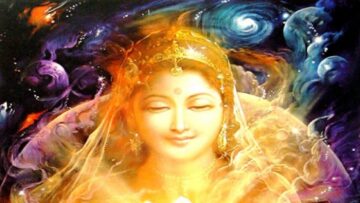The trail of India’s liberty has been adorned with valour and vigor, coloring a critical phase of Indian and world history in the crimson hue. The groundwork to wrestle for independence was laid in 1817 by the Pāika soldiers of Odisha.
This initial outrage of 1817 progressed with time and the revolt reached its peak in 1920 under the leadership of Mahatma Gandhi with his policy of non-violence and civil disobedience. Incessant blood was shed, uncountable lives were lost and then on the citadel of the innocent martyrdom of countless Indians, India achieved Independence on 15th August 1947.
The British Colonial rule was resolute to leave India with an open wound that could never heal. The much-awaited independence from British colonial captivity left the population with brutal scars and painful sores of physical, financial, and emotional agony.
The celebration of Independence was overcast by the gloom of partition, homelessness, refuge, insecurity, uncertainty, communal disharmony and the spray of blood. Here was a country that lost countless lives to gain independence and subsequently post-independence there were two children of the same mother who had again engaged in bloodshed. A nourished gash created for eternity, courtesy – The British.
Pāika Bidhroh – A Brief
Almost forty years ahead of the Sepoy Mutiny of 1857, the first revolt against the British had been initiated by the Pāikas of Odisha in 1817. The first revolt against Imperial unjust, that lacked the required recognition until 2017.
In March 1817, the Pāikas – the land militia of Khurda district of Odisha, joined in the revolt against the Imperial arrogance of the British. The uprising of 1817 was subsequent to the denial by the Imperial rulers to allot them land for cultivation by introducing repressive land revenue policies causing humiliation. This armed revolt, the first of its kind against Imperial unjust was joined by the Pāikas of Kujang, Harispur, Gop, Tiran, Hariharapur, Pattamundai, Asureswar, and majorly by the Kondha tribals of Ghumsur.
The leadership was held by Bakshi Jagabandhu and the revolt unfolded. In March 1817 four hundred strong Kondhas, from the State of Ghumsur crossed over into the Khurda territory and declared revolt. More Pāikas joined and the battle against the English colonial rule was taken up. The Pāikas marched to Banpur, attacking the police station and other Imperial office buildings. They killed more than a hundred men employed by the British and looted treasure worth around fifteen thousand rupees.
Then the Pāika crossed over from Banpur to Khurda, violently ravaging, demolishing, and torching the Imperial Government and civil buildings. They ransacked the police stations and sacked the treasury. Seeing the violent outrage and the ferocity of the Pāikas the British officers stationed in Khurda went undercover. From Khurda, some Pāikas progressed towards Panchgarh, ruled by Rani Mukta Dei of Sambalpur.
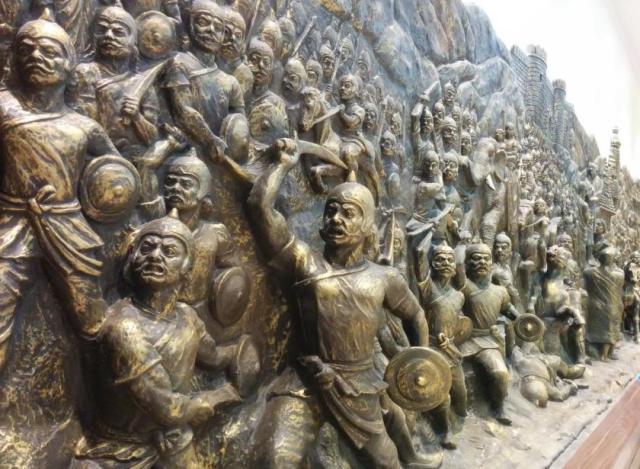
Paika Bidroha
A fraction of the Pāikas advanced into Paragana Lembai and murdered one of the officials. By the time the Pāikas reached Cuttack, the British Government had dispatched a battalion of the imperial force to curtail the unexpected and ferocious disturbance caused by the Pāikas. One British division marched directly to Khurda and another proceeded to Pipli to protect Paragana Lembai.
On April 9, 1817, Bakshi Jagabandhu and his Pāikas, including the Kondhas from Ghumsur, entered Puri. They met Raja Mukunda Deba, the king, in the hope of making him the face of the rebellion. However, Raja Mukunda Deba withheld his open consent to support the revolt, although he clandestinely favored the rebels.
Thus, the foundation of the first independence rebellion recognized as the ‘Pāika Bidhroh’ under the leadership of Jagabandhu Bidyadhar Mohapatra Bhramarbar Rai popularly known as Bakshi Jagabandhu had been laid. The Paikas fought against the British from 1817 until the revolt was completely curtailed by 1819. Bakshi Jagabandhu was arrested in 1825 and died in 1829 in custody. Many others were killed and imprisoned.
The Pāikas
Pāikas served as the foot soldiers in the kingdoms of Odisha. The Pāikas were farmers at peace and soldiers at war having tribal, peasant, and pastoralist origins There was a “military labor market” in early modern India and Odisha, where people – mainly peasants, farmers, and the aboriginals searched for better positions as warriors across kingdoms.
The Pāikas included all castes and classes, but mainly the Chasa or agricultural class. The aspiration of the Chasas to improve their social status was achieved by converting themselves into Khandayaits – Peasant Militia.
A proverb from coastal Odisha concisely portrays the caste mobility of the –
“Khand āyata badhile -karana, chindile chasā”,
Meaning: If a Khandāyata or peasant-militia moves up, he becomes a Karan, but if he goes down, he becomes an ordinary cultivator.
The 1817 revolt group had the involvement of many minor caste Hindus, tribes and Muslims along with the Pāikas. The Paika Bidhroh came to be recognized as a popular freedom movement involving various castes and classes of Orissan society.
Revolt Of 1817- Insights in History
The mention of this first uprising of 1817 by the humble Paikas, against the British Raj has been stated by the British officers in their official records.
The Commissioner of Cuttack, W. Ewer, in his report dated May 13, 1818, explains “the rising in Khoordah (Khurda) was quite an insulated movement, prompted by despair, hatred, and a thirst for revenge on the part of Jugbundoo (Jagabandhu) and the misery beyond endurance under which the people of Khoordah (Khurda)were sinking,” and that “it is essential to mark that no one zamindar, ryot, or inhabitant of whatever description of the Mogulbundee (Mughal) …, properly so termed, had any concern whatever with the insurrection.” The chronicles of the Imperial officers called the rebels of Khurda as a miserable dastardly race.
British Imperial historiographers have introduced the Pāikas as the landed militia of the kings, combined with the most profound barbarism, and the blindest devotion to the will of their chiefs. The intention conveyed by the British historians was to ascertain the claim that the Pāika rebellion of 1817 was limited to a minute class of “barbarous” landed militia, called Pāikas, who resided in the hills and jungles.
While the Imperial historiographers wanted to emphasize that the Pāika rebellion lacked popular support in Odisha but the fact remains that it had laid the path for many other revolts against the Imperial rule, that subsequently followed in a more regulated, planned and massive manner.
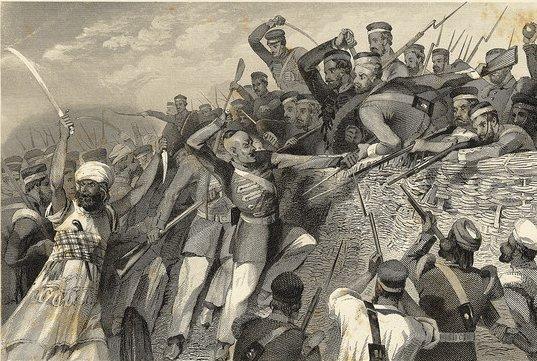
Indian historian G. N. Dash, says, “The Paika Rebellion of 1817 A.D. may be interpreted as the spontaneous though premature outburst of this intensified feeling and aspiration” of “oneness taking shape among the Oriyas”. He sees the process leading to the rebellion as “the first and the formative phase of Oriya nationalism”.
Historiographer B. C. Ray states, “There is enough justification to call the Orissa Revolution of 1817 as the first significant regional Freedom Movement of India” as “nowhere in India on the regional level, in the pre-nationalist age, a freedom movement was ever so carefully planned and so vigorously launched.”
B. C. Ray, further says, “The freedom movement launched by the people of Khurda in 1817 A.D. may justifiably be regarded as the ‘First Indian War of Independence’”.
Recognition
- In 2017, during the bicentenary commemoration of 200 years of the Pāika Rebellion – 1817, the Government of India declared that the “Pāika Rebellion” be given recognition as the First War of Independence.
- A dedicated chapter was proposed to be included in the academic chronicles, and history books, detailing the Pāika uprising as the first of its kind against the British rule.
- In 2019, the President of India Shri Ram Nath Kovind laid the foundation stone for a memorial to mark the completion of 200 years of Pāika Rebellion on the foothills of Barunei hills in Khurda district of Odisha.
- In 2019 Prime Minister Modi released a commemorative stamp and coin on the Paika rebellion.
- The setting up of a Chair on the Paika Rebellion, at Utkal University, Bhubaneswar, was also announced.
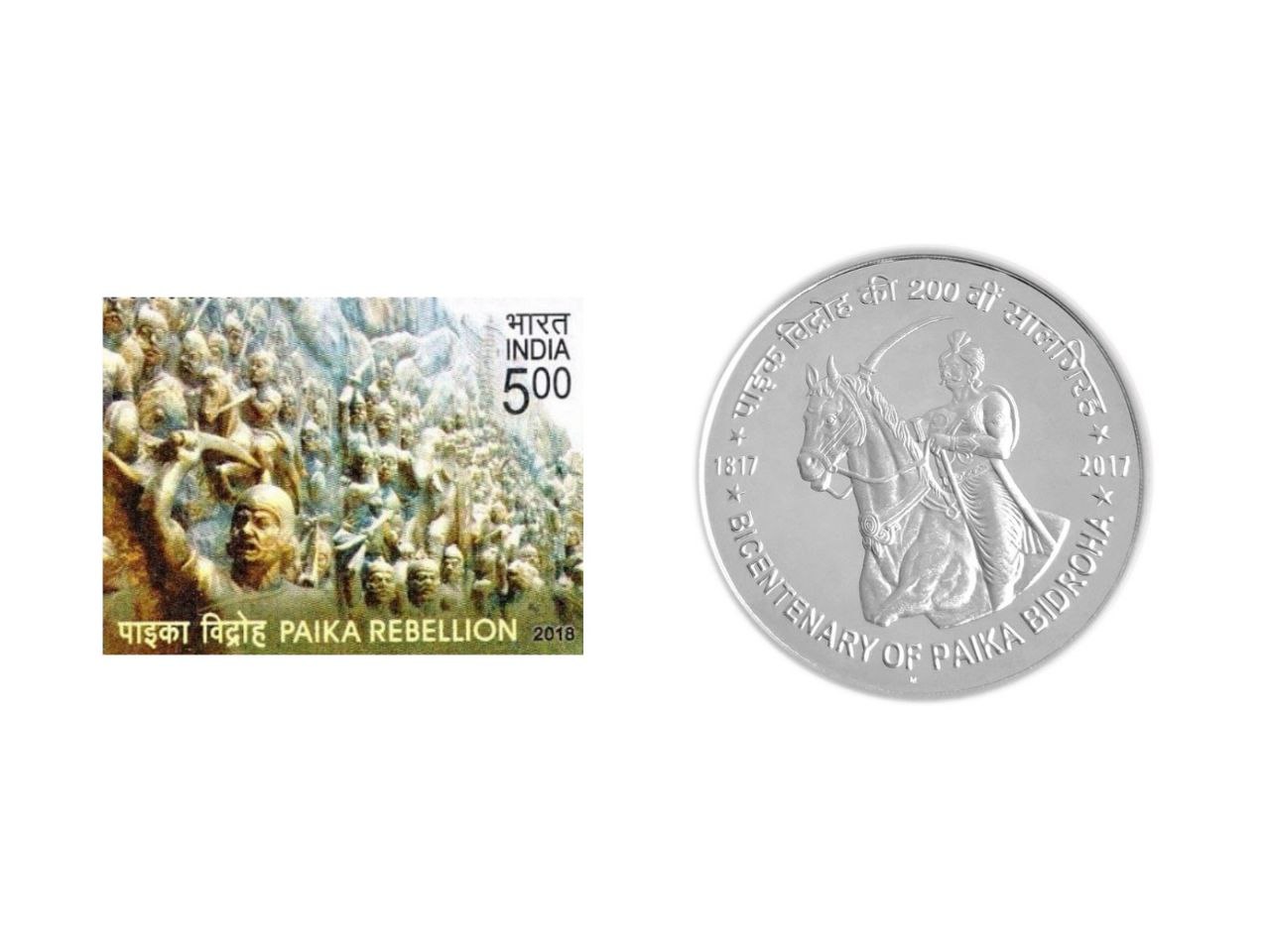
Stamp and Coin on the Paika rebellion.
Conclusion
In August 1947, the Radcliffe line ripped India into three fragments – India, Pakistan, and East Pakistan (Liberated as Bangladesh). India was liberated from British colonial captivity but was imprisoned by troubled boundaries forever. A deep lesion, that is still open and continues to bleed, reminding the partially forgotten tales of struggle and dedication for India’s freedom. A reminder recounting the countless many, who were martyred from March 1817 to August 1947, subsequently allowing the present generation to breathe in free India.
Reference
- PTI (2017, July 20). “President of India Inaugurates ‘Bicentenary Celebration of Paika Rebellion of Odisha”. Retrived from https://pib.gov.in/PressReleasePage.aspx?PRID=1496765
- PTI (2019, Jan 14). “PM releases commemorative stamp and coin on Paika Rebellion”. Retrived from https://www.edristi.in/pm-releases-commemorative-stamp-and-coin-on-paika-rebellion/
- Bates Crispin ed. (2013–2017). Mutiny at the Margins: New Perspectives on the Indian Uprising of 1857. Seven volumes, New Delhi: Sage
- Ray B. C. (2001). Bakshi Jagabandhu: The Path Founder of Freedom Movements of India. Bhubaneswar: Labanga Lata Ray.
- Tanabe Akio (2005). “The System of Entitlements in Eighteenth-Century Khurda, Orissa: Reconsideration of ‘Caste’ and ‘Community’ in Late Pre-Colonial India.” South Asia: Journal of South Asian Studies 28:3, pp. 345–85.
- Kolff Dirk H. A. (1990). Naukar, Rajput, and Sepoy: The Ethnohistory of the Military Labour Market in Hindustan, 1450– 1850. Cambridge: Cambridge University Press.
- Dash G. N. (1978). “Jagannatha and Oriya Nationalism.” In The Cult of Jagannath and the Regional Tradition of Orissa pp. 359–74. New Delhi: Manohar.
- Mahtab Harekrushna and Sushil Chandra De eds. (1957). History of the Freedom Movement in Orissa. Vol. 1. Orissa: State Committee for Compilation of History of the Freedom Movement.
- Sterling Andrew (1904 (1846)). An Account Geographical, Statistical, and Historical of Orissa Proper or Cuttack with Appendices. Calcutta: Bengal Secretariat Press.
Disclaimer: The opinions expressed in this article belong to the author. Indic Today is neither responsible nor liable for the accuracy, completeness, suitability, or validity of any information in the article.

